INDUSTRY INSIGHTS:
PACKAGINGPackaging is an essential element of almost all consumer products. Packaging protects the product and provides a platform for advertising and communicating to the consumer.
Packaging may or may not, by itself, be a “hotspot” for any given product. Given that almost every product has packaging, however, it is one of the most important issues to address to make consumer products sustainable. Sustainable packaging practices have accelerated over the last decade because of corporate, NGO, and consumer attention leading to industry initiatives, sustainable packaging standards and protocols, and packaging innovations.
Most consumer packaging consists of just a handful of materials – glass, metal, paper, and plastic. In 2017, packaging made up 29.9 percent of all solid waste in the U.S. table one below shows the percent of packaging waste in U.S. in 2017 by material, and its recycling rate. Materials primarily used for transportation packaging have been excluded.
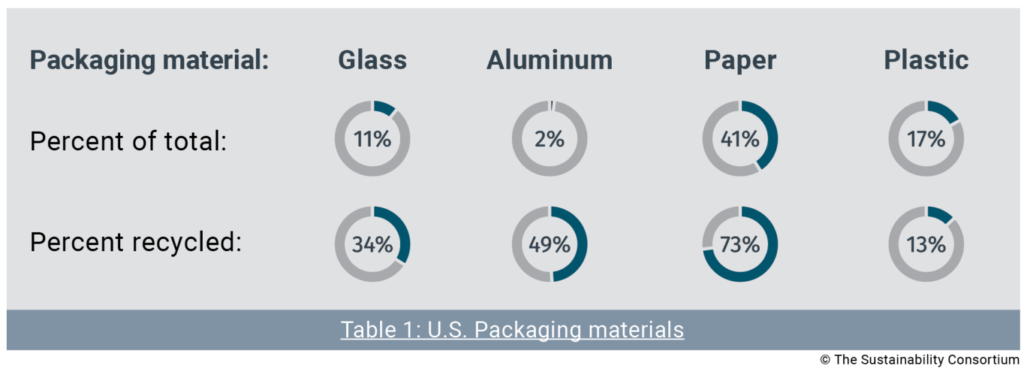
THESIS FOCUSES ON SALES PACKAGING, i.e., packaging that leaves the store after a customer purchases the product and packaging that ships purchased product directly to an end consumer. Sustainable sales packaging is packaging that is sustainably sourced, produced, and recycled or reused as much as possible. What are the materially relevant issues in the packaging life cycle?
- Extraction or harvesting and production of packaging raw material has environmental impacts such as greenhouse gas emissions, water use, and air and water pollution risks.
- Harvesting of wood for paper packaging can be done in unsustainable ways and can lead to deforestation.
- Packaging that is not recycled is landfilled or incinerated, meaning most or all its potential value is lost.
In THESIS, there is a packaging hotspot in 60% of all the assessments. To measure progress towards sustainable packaging, the packaging hotspot is addressed by two KPIs – Packaging Raw Material Sourcing and Sustainable Packaging Design and Production.
The Packaging Raw Material Sourcing KPI focuses on the inputs into the packaging by measuring progress towards using post-consumer recycled (PCR) material or sustainability-sourced renewable virgin material. The Sustainable Packaging Design and Production KPI focuses on the design of the packaging for use and recyclability. This KPI measures progress towards material and process efficiency, weight or volume optimization, quantifiable environmental impact reduction, and recyclability of the packaging. For now, only the latter is being included in this analysis.
INSIGHT FROM THE PACKAGING RAW MATERIAL SOURCING KPI
The theory of this KPI is that PCR content should be used whenever possible. Doing so reduces the environmental impacts associated with the feedstock, since recycled material has a smaller environmental footprint than virgin material. If using PCR content is not possible, then the virgin material should be sustainably sourced and renewable. Sustainably-sourced material is material for which can be demonstrated through second- or third-party verification that the virgin raw material has been harvested or produced legally and in a way that minimizes damage to the environment, workers, and communities. Renewable material derives from living sources that are replenished at a rate equal to or greater than depletion rate. Materials such as paper can be included in this definition if the source of the packaging content comes from sustainably managed forests with no deforestation.
If we lump all non-sustainably sourced content and non-PCR content into “Other”, we can examine how different product categories make trade-offs between these choices. Figure 1 shows the amount of PCR, Sustainably Sourced, and Other packaging content reported by different types of beverage product manufacturers in 2019.
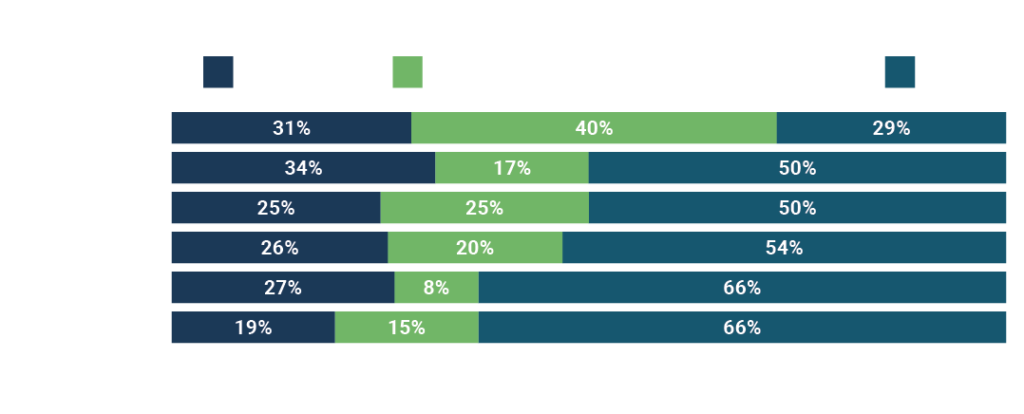
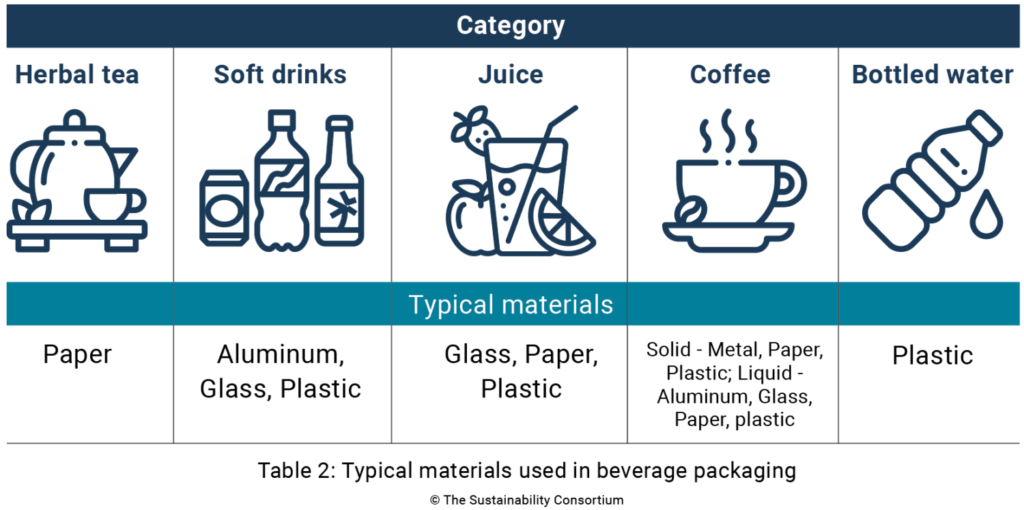
These data represent 36 product manufacturers, each making their own packaging design decisions, so variation in the data is expected. Some of the variance though is due to the different types of materials the categories typically use. Table 2 provides some typical materials used in each in each category. The high amount of sustainably sourced renewable virgin material in Herbal Tea is in part due to the primary material being paper based, which can be explicitly certified as sustainably sourced (via e.g., FSC or SFI certification). Metal, glass, and plastic generally do not have certifications that enable a sustainably sourced claim. All the categories have similar amounts of PCR material, except Bottled Water which is lower. This may be because Bottled Water is typically only packaged with plastic, and metal, paper, and glass generally have more PCR content than plastic today.
Figure 2 shows the packaging raw material sourcing data for three different bakery-related food categories. We note that Frozen Baked Goods and Pastries has the highest amount of PCR content – all three categories use paper and plastic, which can have PCR content, but Frozen Baked Goods and Pastries are more likely to
also have aluminum foil, which almost certainly has a very high amount of PCR content. Cookies and Snack Cakes often have some form of thin film plastic (e.g., LDPE), which for food safety reasons may have a low amount of PCR content.

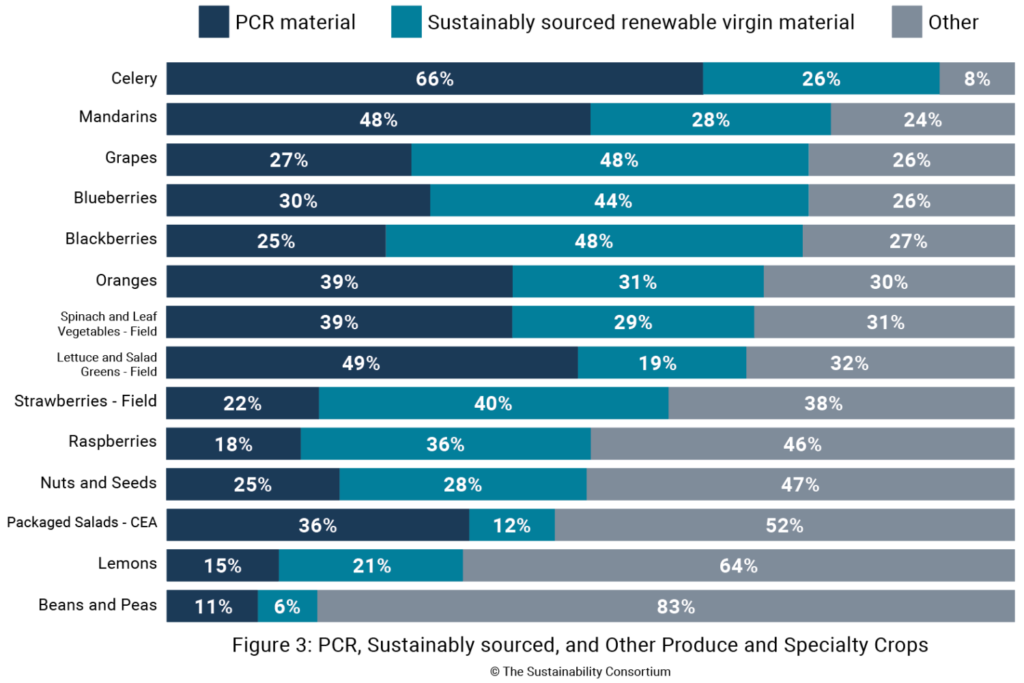
Figure 3 shows the packaging raw material sourcing data for select specialty crop and produce categories. While there is much attention to improving the sustainability of packaging, it is not something that can be done instantly. Once a decision to change packaging design is made, there a new design must be created, suppliers and new tooling must be chosen, and on-package communication must be changed. In most manufacturing systems this may take 2-4 years. Across manufacturers using THESIS, however, we can see improvement trends.
INSIGHTS FROM THE SUSTAINABLE PACKAGING DESIGN AND PRODUCTION KPI
The theory of this KPI is there are design and manufacturing decisions that can make packaging more sustainable, one of which is making the sales packaging recyclable. In nearly half of the analyzed categories of consumer goods, more than 80% of the sales packaging was recyclable. And yet, according to the EPA, only 25% of municipal waste in the United States was recycled in 2017 while 52% went to landfill.
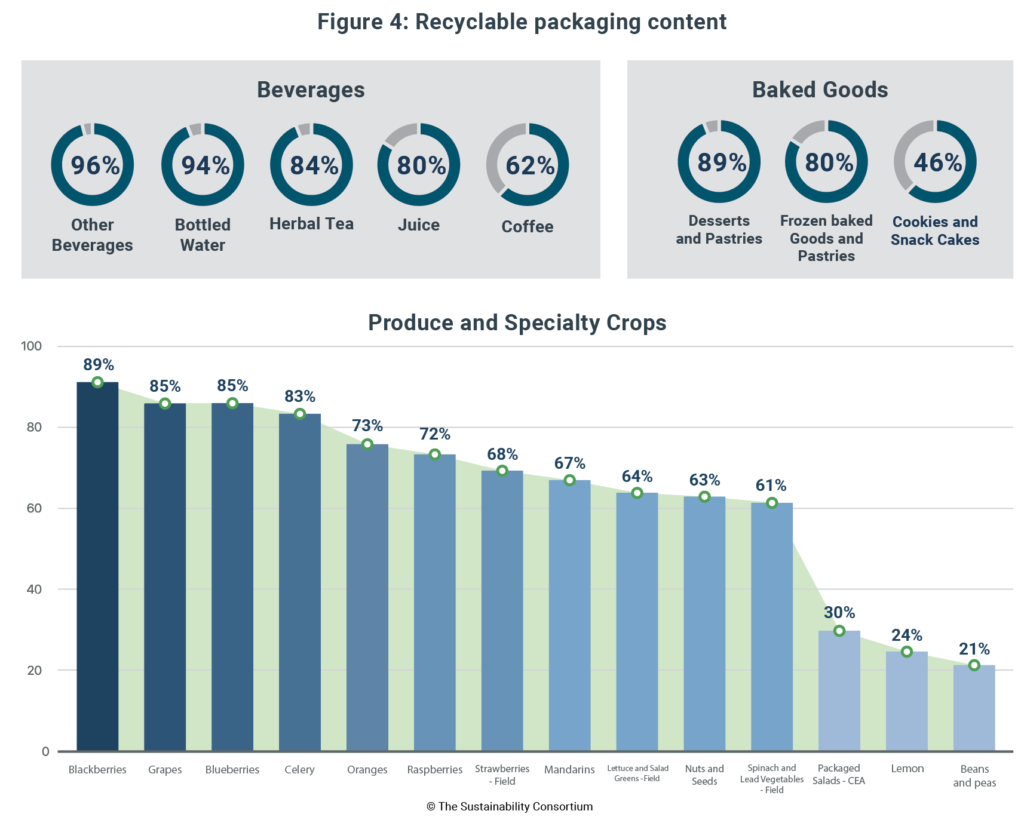
It is clear progress is being made towards using more sustainable packaging. Yet issues related to packaging persist. As THESIS evolves into a leadership rating system, we expect to see companies innovate towards two key areas 1) design for minimal to zero packaging and 2) increase the amount of their products’ packaging that is recycled.
PAPER VS. PLASTIC SALES PACKAGING
In the unique case of Home and Personal care products, THESIS alignment with the Beauty and Personal Care Product Sustainability Rating System introduces an additional layer of insight into packaging – material type. Personal Care Wipes and Baby Wipes report a similar percent of wood/paper packaging material usage (28%-30%) with notable differences in the percent of sustainably sourced renewable content and PCR or Post Industrial Resin (PIR) content. Sustainably sourced renewable content dominates in Baby Wipes, while PCR or PIR dominate in Personal Care Wipes.
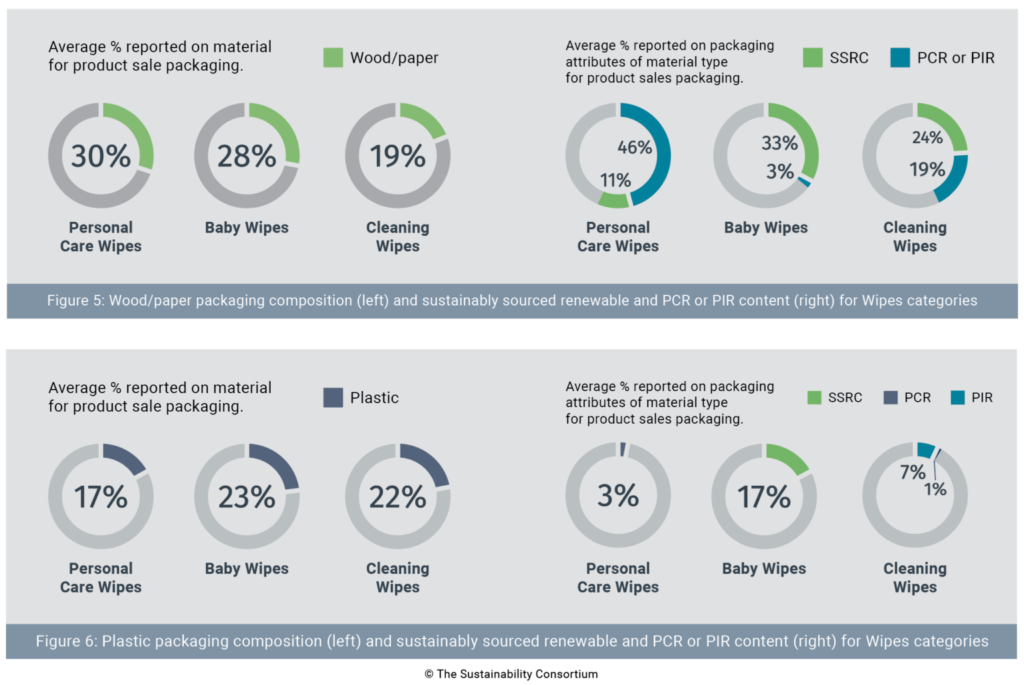
Insight published 2021
The Sustainability Consortium (TSC) is a global non-profit organization working to transform the consumer goods industry by partnering with leading companies to define, develop, and deliver sustainable products. The Sustainability Insight System, or THESIS, is the independent, science-based, holistic sustainability performance solution created by TSC that allows brands and manufacturers to understand the sustainability story of their products. In 2019, THESIS was used by over 1500 companies covering products representing over a trillion (U.S.) dollars in annual sales.
THESIS INDUSTRY INSIGHTS ARE A UNIQUE SOURCE FOR HOLISTIC DATA AND ANALYSES ABOUT THE CURRENT STATE OF PRODUCT SUSTAINABILITY.
